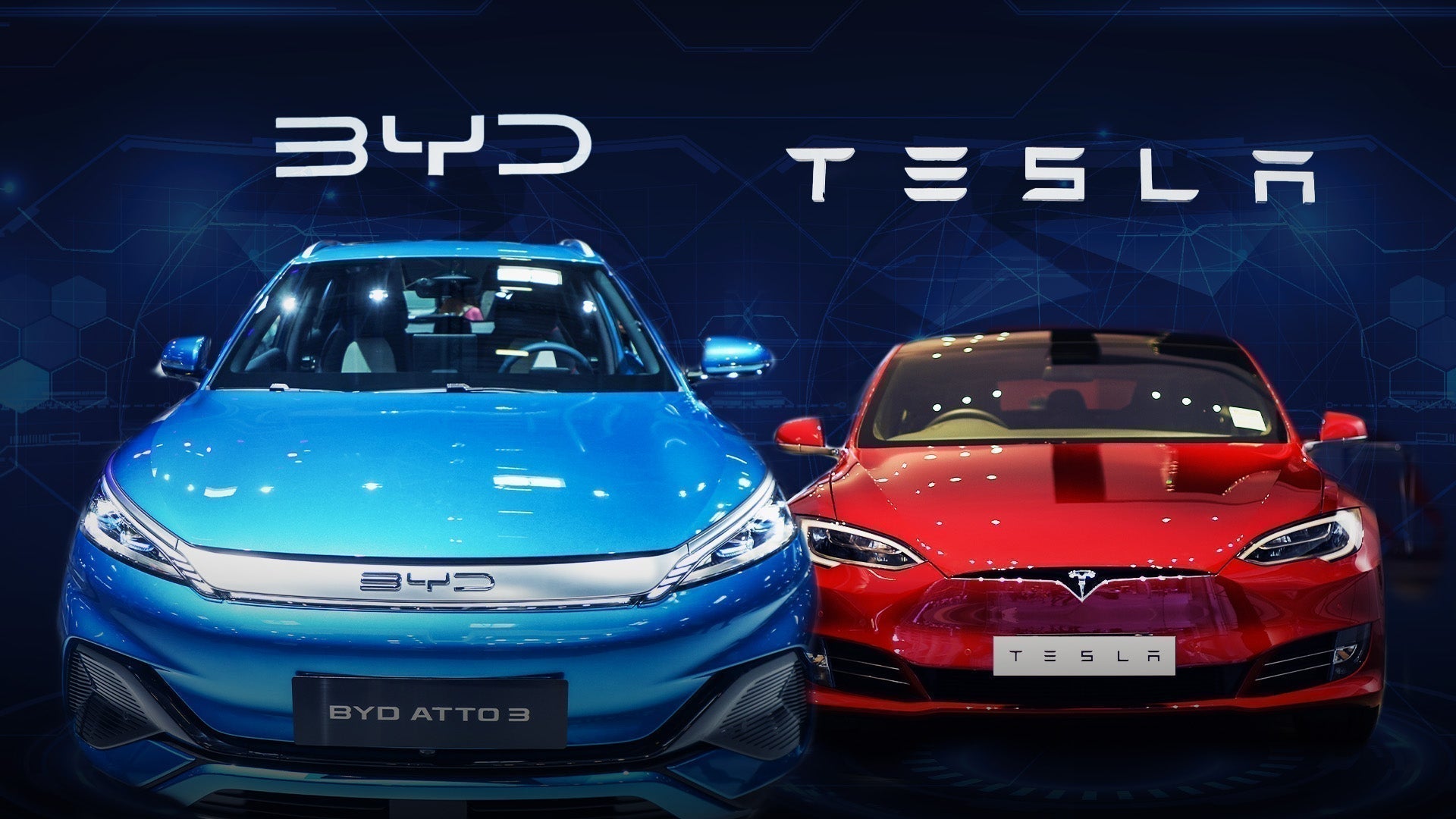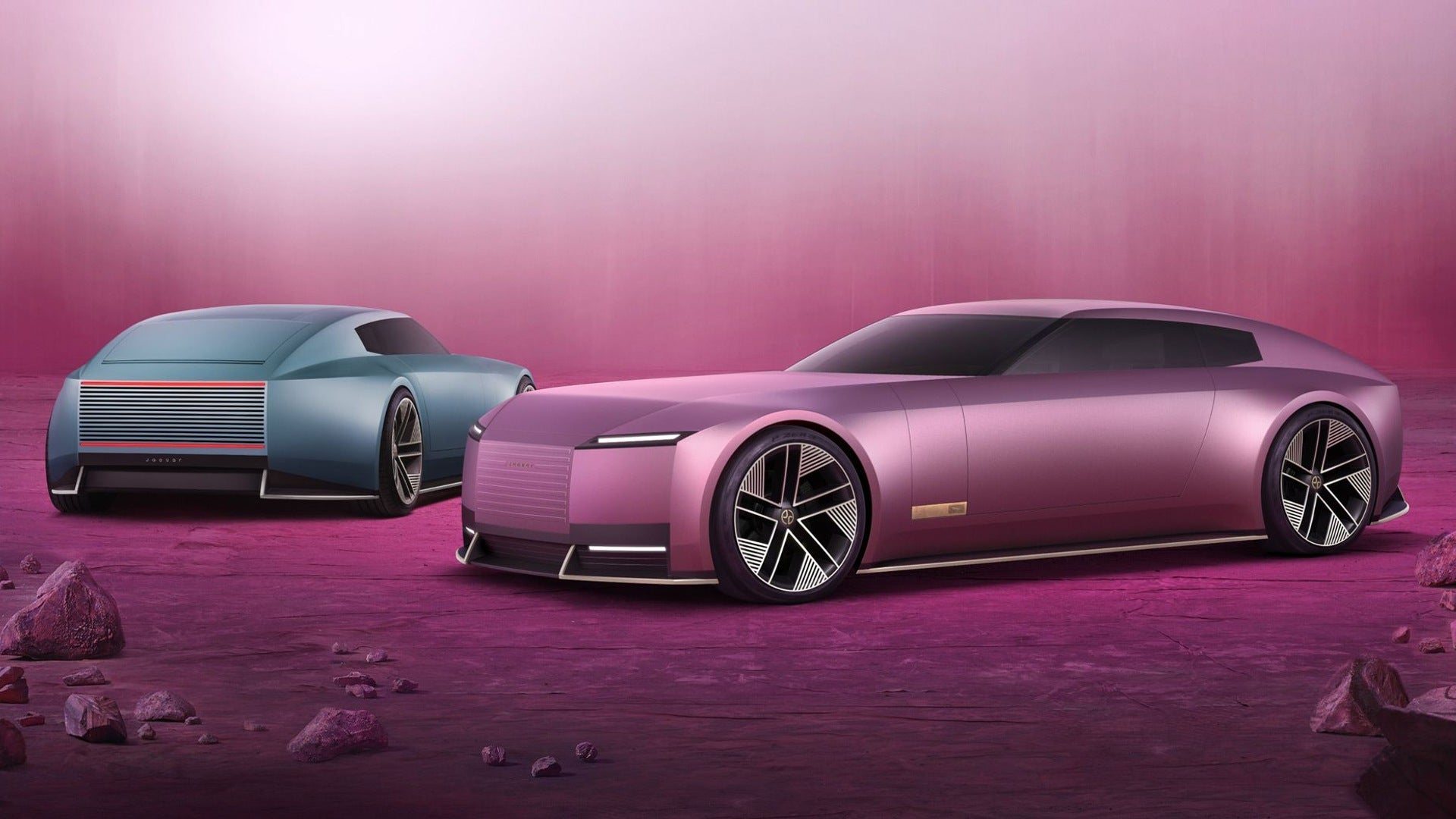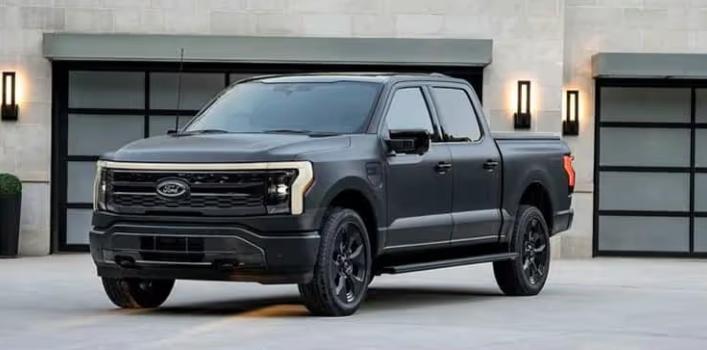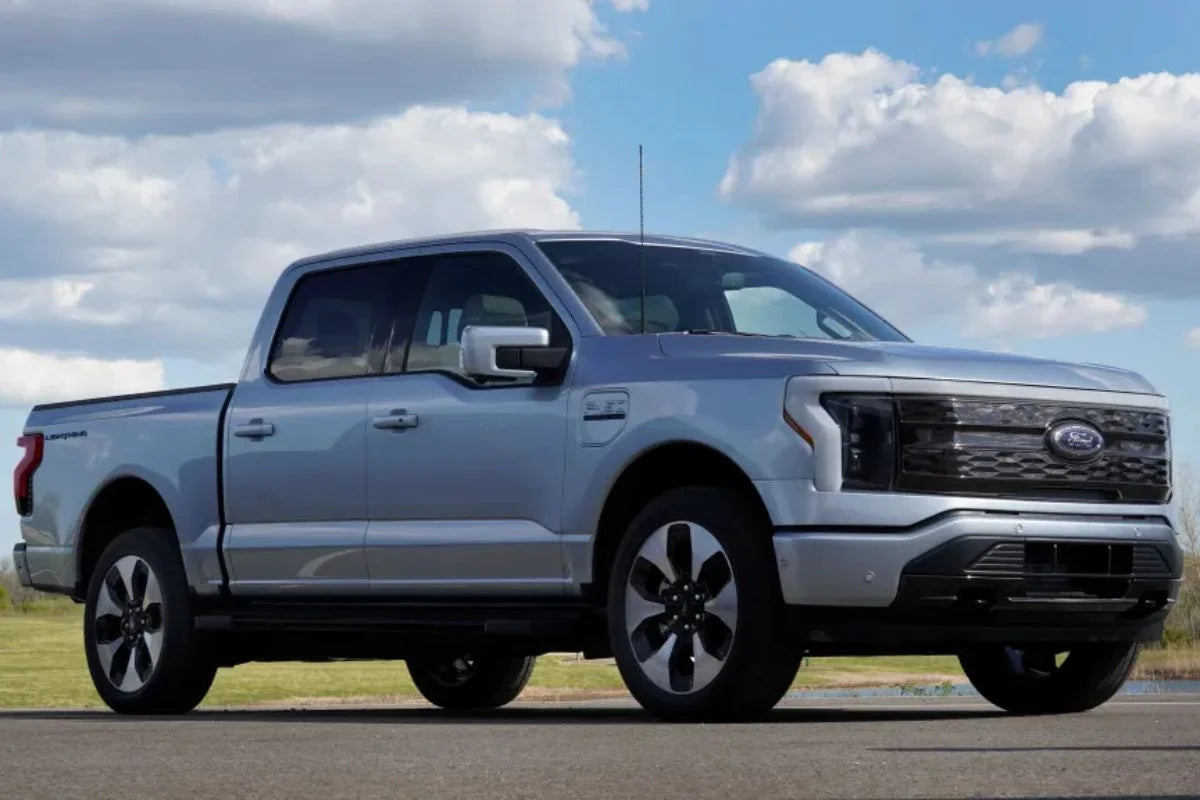Während der Markt für Elektrofahrzeuge (EV) weltweit rasant wächst, haben sich zwei Hersteller als unangefochtene Marktführer etabliert: Tesla , der amerikanische Pionier, und BYD , das chinesische Kraftpaket. Einst als Außenseiter wahrgenommen, hat BYD schnell die Oberhand gewonnen und Teslas Dominanz in mehreren Märkten herausgefordert. Da beide Unternehmen um die globale Führung kämpfen, stellt sich die Frage: Wer gewinnt den Kampf um die Elektrofahrzeuge wirklich?
Dieser Artikel präsentiert einen detaillierten Vergleich von Tesla und BYD anhand von fünf kritischen Dimensionen: Verkaufsleistung, Marktpräsenz, technologische Innovation, Produktportfolio und strategische Ausrichtung.
1. Weltweite Verkäufe: BYD überholt Tesla bei den Stückzahlen, Tesla führt beim Umsatz
Im Jahr 2023 überholte BYD Tesla bei der Gesamtzahl der verkauften Elektrofahrzeuge und lieferte über 3 Millionen Elektrofahrzeuge aus, darunter sowohl batteriebetriebene Elektrofahrzeuge (BEVs) als auch Plug-in-Hybride (PHEVs). Tesla, das ausschließlich BEVs herstellt, lieferte rund 1,81 Millionen Fahrzeuge aus.
| Marke | BEV-Verkäufe 2023 | Gesamtabsatz von Elektrofahrzeugen (inkl. PHEVs) | Umsatz (Schätzung) |
|---|---|---|---|
| Tesla | 1,81 Millionen | 1,81 Millionen | 96 Milliarden US-Dollar |
| BYD | 1,57 Millionen | 3,02 Millionen | 72 Milliarden US-Dollar |

2. Marktpräsenz: Tesla stark in den USA und Europa, BYD expandiert aggressiv im Ausland
Teslas Marktanteil ist in Nordamerika weiterhin dominant und hält Mitte 2024 über 50 % des US-Marktes für Elektrofahrzeuge. In Europa ist Tesla stark vertreten, verliert jedoch sowohl gegenüber etablierten Automobilherstellern als auch gegenüber neueren Anbietern von Elektrofahrzeugen an Boden.
BYD , ursprünglich auf den chinesischen Markt fokussiert, expandiert schnell nach Lateinamerika, Südostasien, in den Nahen Osten und nach Europa . Im ersten Halbjahr 2024 wurde BYD zur zweitgrößten Elektroautomarke Norwegens und seine Fahrzeuge sind mittlerweile in über 70 Ländern erhältlich.
Verteilungsvergleich (Mitte 2024)
| Region | Tesla-Stärke | BYD-Erweiterung |
|---|---|---|
| Nordamerika | ✅ Dominant | ⚠️ Begrenzt |
| Europa | ⚠️ Herausgefordert | ✅ Erweitern |
| China | ⚠️ Unter Bedrohung | ✅ Führend |
| Lateinamerika | ⚠️ Minimal | ✅ Schnelles Wachstum |
| Naher Osten | ⚠️ Abwesend | ✅ Neuer Markt |

3. Technologie und Innovation: Autonomie vs. Effizienz
Tesla hat Milliarden in seine Full Self-Driving (FSD) -Software, den KI-Trainings-Supercomputer Dojo und 4680 Batteriezellen investiert. Seine Autos bieten Over-the-Air-Updates , ein fortschrittliches Infotainmentsystem und autonome Fahrfunktionen, die sich noch in der Beta-Entwicklungsphase befinden.
BYD ist zwar nicht so aggressiv im Bereich der Autonomie, zeichnet sich aber durch Batterieinnovation aus. Die Blade-Batterietechnologie des Unternehmens legt Wert auf Sicherheit, lange Lebensdauer und Erschwinglichkeit. BYD ist zudem vertikal integriert und produziert seine eigenen Chips, Batterien und Antriebssysteme, wodurch die Abhängigkeit von Zulieferern reduziert wird.
| Kategorie | Tesla | BYD |
|---|---|---|
| Autonomie | Fortgeschritten (FSD Beta) | Grundlegende L2-Systeme |
| Batterietechnik | 4680 Zelle | Blade-LFP-Zellen |
| Chipdesign | Tesla D1 (Dojo) | BYD-eigene Controller |
| Over-the-Air-Updates | Umfangreich | Beschränkt |
| Software-Ökosystem | Reifen | Entwicklung |

4. Produktportfolio: Luxus vs. Massenmarkt
Tesla verfügt über eine relativ schmale Produktpalette : Model S, 3, X, Y und Cybertruck. Alle sind als Premium- oder Hochleistungsfahrzeuge positioniert und kosten zwischen 39.000 und über 100.000 US-Dollar .
BYD bietet über 20 Elektroautomodelle in allen Segmenten an, von erschwinglichen Stadtautos wie dem BYD Dolphin bis hin zu Oberklasselimousinen wie dem Han EV und Luxus-SUVs wie dem Tang . Der Erfolg des Unternehmens liegt darin , eine breite Verbraucherbasis zu bedienen , insbesondere in Entwicklungsmärkten.
Teslas Vorteile liegen im Markenprestige und in der Leistung. BYDs Vorteile liegen in der Vielfalt, Erschwinglichkeit und Lokalisierung.
5. Strategische Vision: Skalierung vs. Ökosystemkontrolle
Elon Musk hat Tesla auf die langfristige Vision eines vollständig autonomen, softwaregesteuerten Automobilherstellers ausgerichtet. Zu den Zielen von Tesla gehören:
-
Schaffung eines vertikal integrierten Energie- und Mobilitätsökosystems
-
Führend in der KI durch Investitionen in Dojo und xAI
BYD konzentriert sich unterdessen auf:
-
Aufrechterhaltung der Führungsposition in der Batterieversorgung
-
Dominierende Flotte, öffentlicher Nahverkehr und erschwingliche Privatfahrzeuge
-
Ausbau der Produktionskapazitäten im Ausland (z. B. neue EV-Werke in Brasilien und Ungarn)
Tesla hat vielleicht den ehrgeizigeren Fahrplan , aber BYD hat ihn auf den globalen Märkten schneller und konsequenter umgesetzt.
Tesla vs. BYD im Jahr 2025: Wichtige Leistungsindikatoren
| KPI | Tesla | BYD |
|---|---|---|
| Verkaufte BEV-Einheiten (2023) | 1,81 Millionen | 1,57 Millionen |
| Gesamtzahl der EV-Einheiten | 1,81 Millionen | 3,02 Millionen |
| Durchschnittlicher Verkaufspreis (ASP) | ~ 53.000 USD | ~24.000 $ |
| Bruttomarge | ~19 % | ~15 % |
| Nettogewinn (geschätzt 2023) | ~12 Milliarden US-Dollar | ~6,8 Milliarden US-Dollar |
| Globale Marktexpansion | Langsamer | Schneller |
| Innovationsinvestitionen | Höher (KI, FSD, Dojo) | Fokussiert (Batterie, Kosten) |
Wer gewinnt?
Kurzfristiger Sieg: BYD
-
BYD ist derzeit führend in Bezug auf Volumen , geografische Reichweite und Erschwinglichkeit .
-
Das Unternehmen hat Tesla bei den Gesamtverkäufen von Elektrofahrzeugen überholt und expandiert schnell außerhalb Chinas.
-
Sein diversifiziertes Portfolio verleiht ihm Flexibilität in sich verändernden Märkten.
Langfristiger Konkurrent: Tesla
-
Tesla behält seinen technologischen Vorsprung , die Markentreue und die höheren Margen .
-
Der Fokus auf Autonomie und KI könnte sich im kommenden Jahrzehnt massiv auszahlen.
-
Bei Erfolg könnten die Robotaxi- und FSD-Plattform des Unternehmens den Markt für Elektrofahrzeuge völlig neu definieren.

Empfohlene Lektüre: Xpeng erweitert seine EV-Ambitionen in Europa mit erschwinglichen Modellen und mutiger Technologie








Aktie:
Der Aufstieg der Multiventure-CEOs: Effizienz oder Interessenkonflikt?
Den Übergang zu Elektrofahrzeugen vorantreiben: Tiefer Einblick in die US-Netzkapazität und das Lastmanagement von Elektrofahrzeugen ⚡️